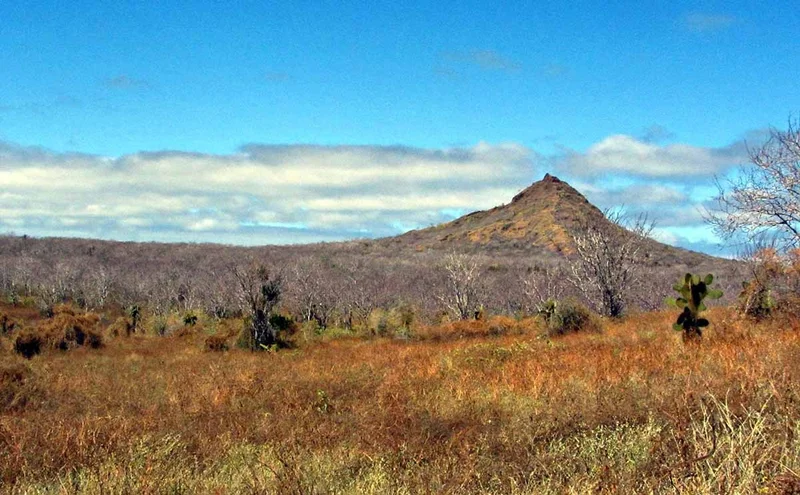

4 Day Galapagos Itinerary
Day 1: San Cristóbal Island: Airport & Cerro Colorado
AM – Arrival at San Cristóbal Airport (SCY)
Upon arrival at the San Cristóbal Airport, travellers pass through an airport inspection point to make sure that no foreign plants or animals are introduced to the islands, and to pay the park entrance fee of $100 (unless it has been prepaid). A guide will meet you, help you collect your luggage, and escort you on a short bus ride to the harbour.
PM – Cerro Colorado (San Cristóbal)
Cerro Colorado Tortoises Protection and Growing Centre, approximately 40 minutes by bus from the southeast of the island, was built to improve the status of the population of the island tortoises. The centre includes a large corral, a Visitor Centre, breeding centre and an interpretative trail. Along this trail, it is possible to see different species of native and endemic plants as well as birds like the San Cristóbal mockingbird, yellow warblers, many species of finches and the Galapagos flycatcher.
Day 2: South Plaza Island & Santa Fe Island
AM – South Plaza
South Plaza is located to the east of Santa Cruz Island, and forms part of a pair of islands known as “Islas Plazas”.
Despite its small size, some of the most interesting and outstanding species of the Galapagos are found here. The Plazas land iguanas are smaller than their relatives on other islands. Throughout the island there are several hybrid iguanas, a result of crossing a marine iguana with a land iguana.
They are unique and can be recognised at first glance by their black/grey color, with a land iguana’s crest, but face and tail of the marine iguana. The big population of iguanas is due to the presence of tuna, their favourite food. Swallow tailed gulls nesting in the rugged cliffs are seen along with other seabirds as: audubon shearwaters, red-billed tropicbirds, frigate birds and brown pelicans.
PM – Santa Fe
Located in the southeastern part of the Galapagos, this island was formed from an uplift rather than being of volcanic origin, which is why it is mostly flat. There are some theories which claim that this could be the oldest island in the Archipelago. Santa Fe is home to a number of endemic species like the Galapagos Hawk, Galapagos snake, Galapagos mockingbird, rice rats and one of the two species of lands iguanas of the islands. After disembarking into the beautiful and clear waters you will be in contact with one of the many sea lion colonies. Along the trail many salt bushes can be seen as well as the giant prickly pear cactus – gigantism is a characteristic of oceanic islands. There are many possibilities to snorkel with playful sea lions and tropical fish.
Day 3: Floreana Island: Champion Islet & Asylum of Peace & San Cristobal Island: Loberia Beach
AM – Champion Islet (Floreana)
Bottlenose dolphins frequently escort our passage to Champion Islet and you can see them from nearby jumping the wakes! Underwater, Galapagos sea lions are playful acrobats that become the number one attraction. There are also lots of reef fish, and perhaps a green Pacific turtle.
An inflatable dinghy ride along the shoreline of this islet offers sightings of lots of seabirds that are endemic to the archipelago, including Galapagos penguins, blue-footed boobies, magnificent frigate birds and red-billed tropicbirds, swallow-tailed gulls and lava herons.
A birdwatchers dream is to get a glimpse of the Charles mockingbird on top of prickly pear cacti. This mockingbird is a scientific and historic key species, because it put Darwin on track of his theory of ‘adaptive radiation’.
PM – Loberia & Asylum of Peace (Floreana)
The Asylum of Peace Island is of historical interest for guests. This hike goes past a mesmerising cave and visits a fascinating freshwater spring. La Loberia beach is an ideal spot to enjoy the ocean, as well as the playful sea lions that reside there.
Day 4: Santa Cruz Island: Charles Darwin Station & Transfer out
AM – Charles Darwin Research Station
Although the great majority of Galapagos visitors come here to observe and appreciate natural wonders, it is also interesting to learn about how the protection and conservation of the islands are carried out.
The main attractions are the National Park information centre, the Van Staelen Exhibition Hall, the Breeding and Rearing Centre for young tortoises, and adult Galapagos tortoises in captivity.
Transfer out to Baltra Airport (GPS)
Assisted by the naturalist guide and some crewmembers, the dinghy will bring you and your luggage to the Baltra, where we will take the shuttle back to the airport


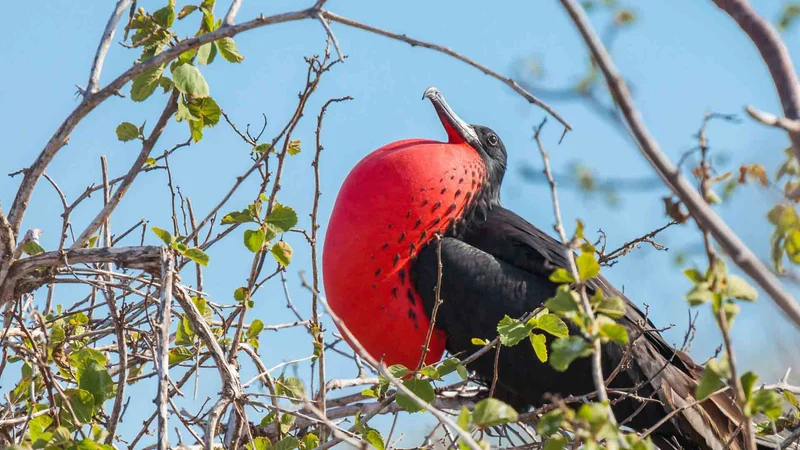
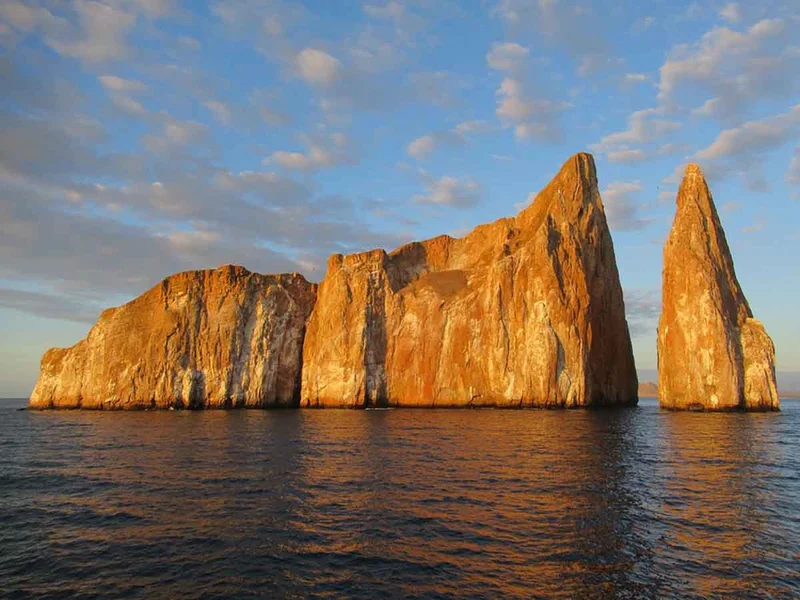


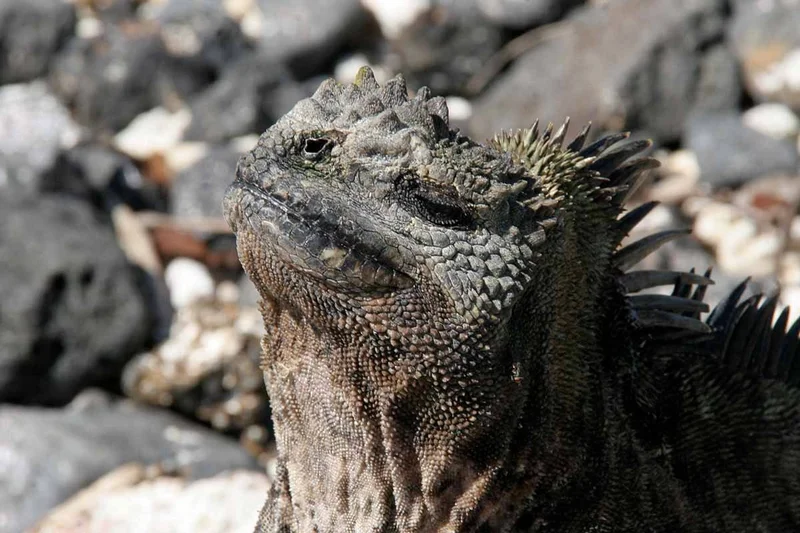
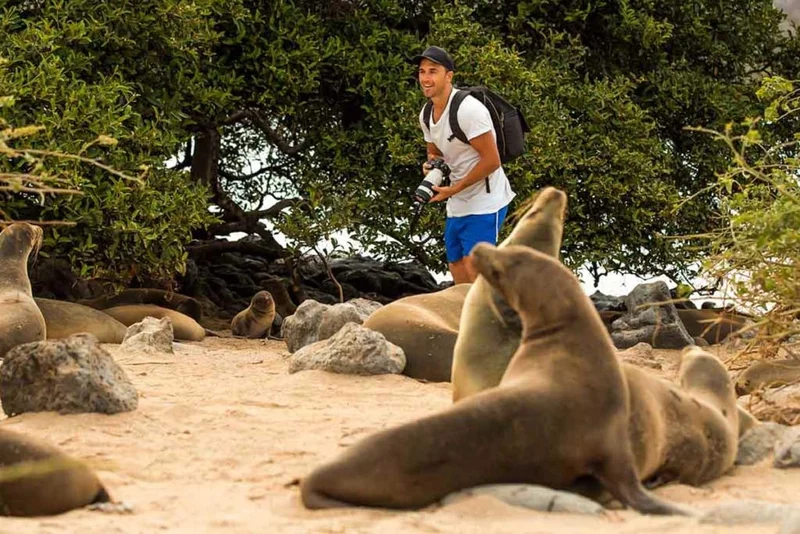
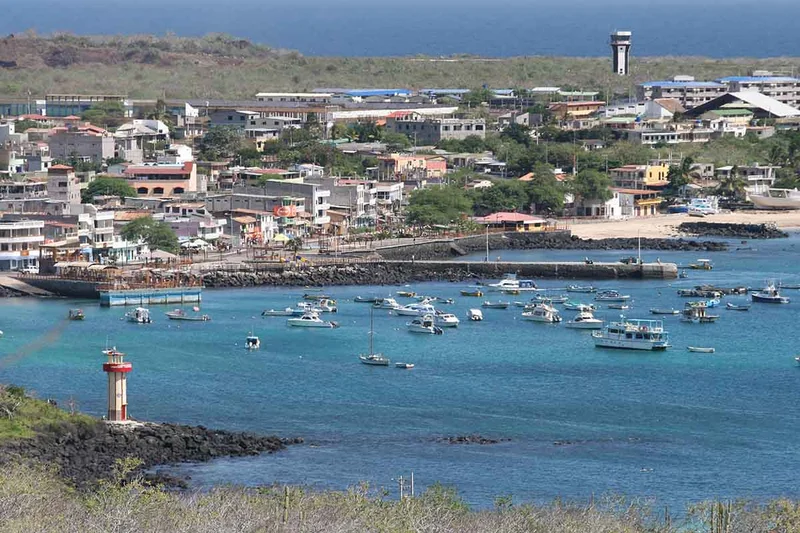
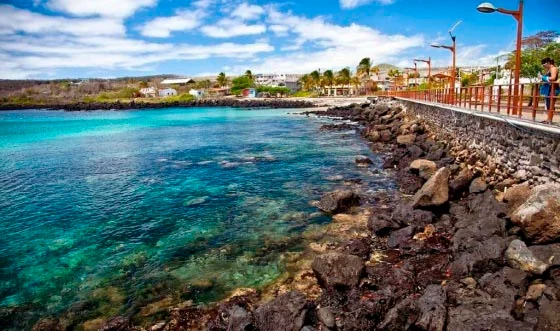


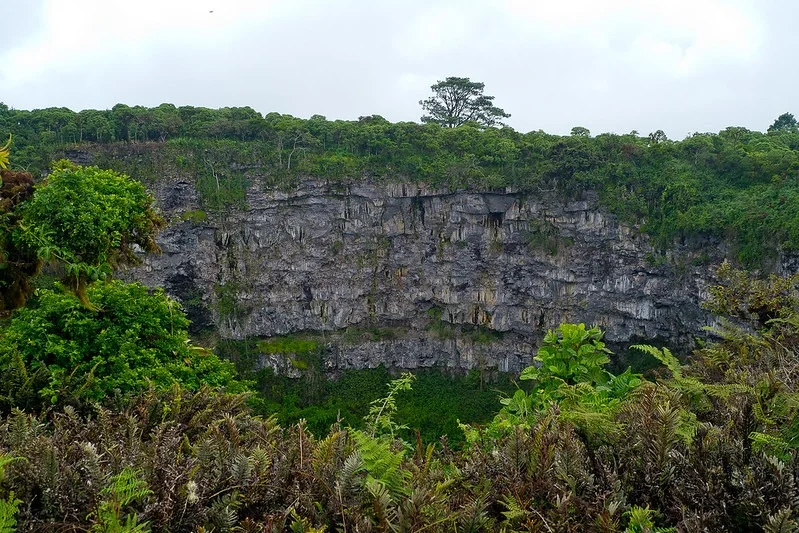

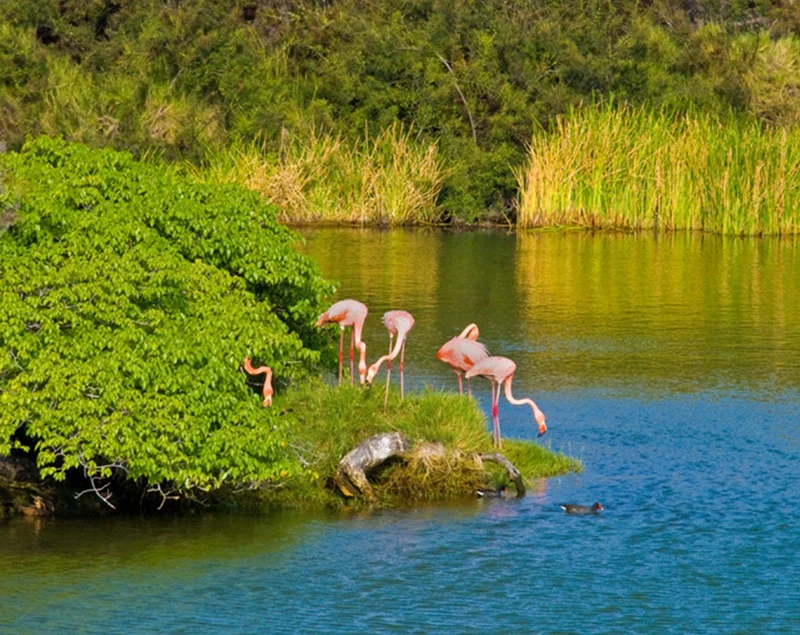
4 Day Galapagos Itinerary Includes
- Accommodation as confirmed.
- All meals on board, snacks, purified water, tea and coffee
- All guided excursions and activities as mentioned in the itinerary by a National Park certified naturalist guide.
- Beach towels and snorkelling gear (snorkel, mask, flippers; optional wet-suits for hire).
4 Day Galapagos Itinerary Does not Include
- Round-trip flight to the Galapagos.
- Soft and alcoholic drinks.
- Galapagos National Park entrance fee and Transit Control Card (currently $120, subject to change).
- Personal travel insurance.
- Personal expenses, extras and tipping.
4 Day Galapagos Itinerary Highlights
- Visit 5 Galapagos Islands in 4 days
- Explore Floreana and learn about the first inhabitants of the archipelago
- Learn about conservation at the world famous Charles Darwin research station
- Encounter giant tortoises in their natural habitat
Itinerary Map

Cruise options for this itinerary
Animals you might see on this itinerary:
More information about the Galapagos Islands you visit in this 4 day itinerary:
Galapagos 4 day widlife adventure on board the Archipel catamaran - Cruise Tour
Why travel with us?
Similar Itineraries



